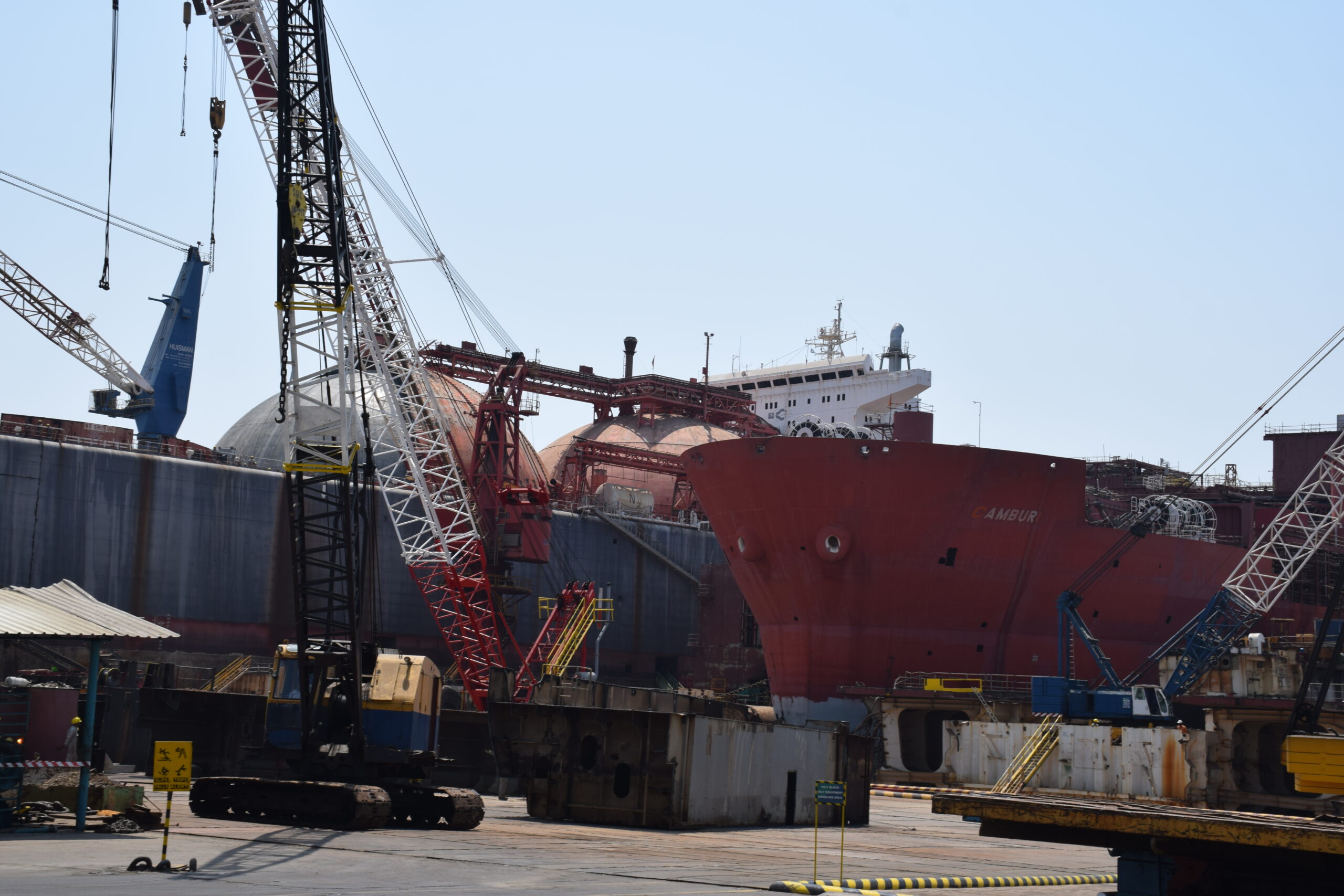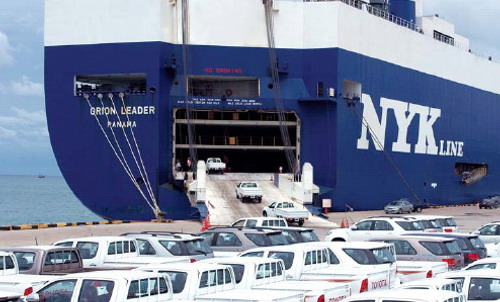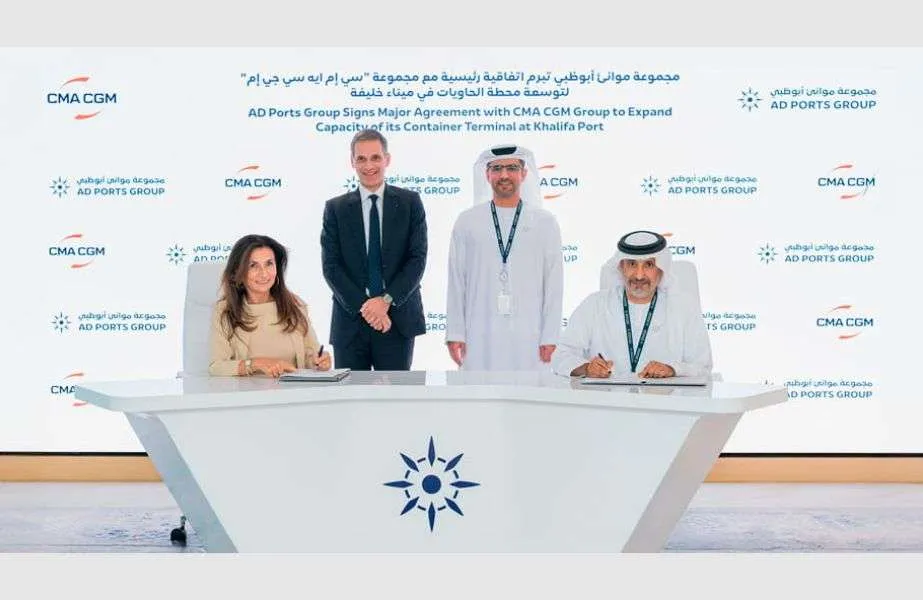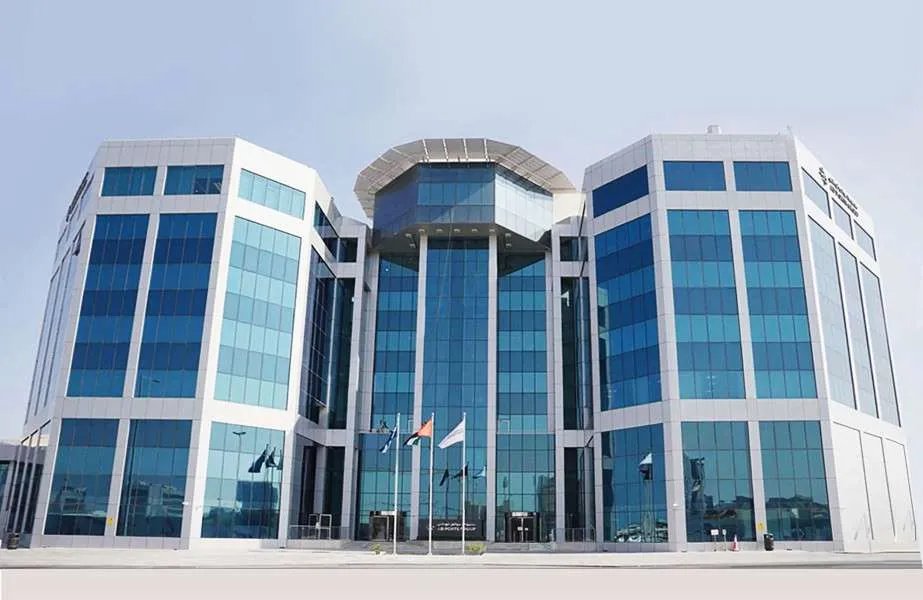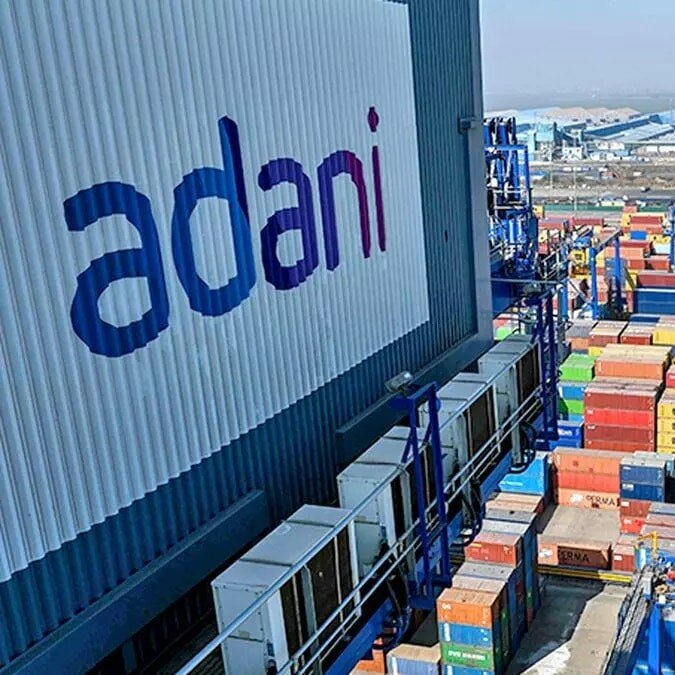Government Implements Measures to Tackle Shipping Challenges Faced by Exporters

The Indian government announced a series of measures on Thursday to alleviate the shipping-related issues plaguing the country’s exporters and importers. These include reducing specific port charges and purchasing five additional used container vessels by the Shipping Corporation of India (SCI). The initiatives were part of a larger effort to tackle the challenges of rising freight costs, container shortages, shipping delays, and port congestion.
Inter-Ministerial Meeting Led by Commerce Minister Piyush Goyal
The decisions were made during an inter-ministerial meeting chaired by Commerce and Industry Minister Piyush Goyal. Exporters have been grappling with shipping challenges, and their concerns were at the forefront of discussions during the meeting. Rising shipping costs, non-availability of containers, delays at Indian ports, and congestion have been hurting India’s export sector, with outbound shipments contracting by 9.3% in August.
The shipping industry’s woes have intensified over recent months due to a combination of factors, including global geopolitical tensions, the ongoing Russia-Ukraine conflict, and the aftermath of the COVID-19 pandemic, all of which have disrupted supply chains and international trade routes.
Key Issues Addressed in the Meeting
The core issues discussed in the meeting were the shortage of containers, the sharp increase in ocean freight rates, delays in shipping, and the overall turnaround time at Indian ports. These factors have contributed significantly to rising costs and logistical bottlenecks for exporters.
Minister Goyal, in a briefing following the meeting, expressed confidence that the measures would help reduce shipping costs, improve container availability, and expedite the movement of export consignments. He stated, “I am confident that it will result in significantly bringing down the shipping cost, improve the availability of empty containers, help faster evacuation of export consignments, and significantly reduce the congestion at ports.”
Shipping Corporation of India to Purchase Additional Vessels
To enhance the country’s cargo handling capacity, the Shipping Corporation of India (SCI) will acquire five more second-hand container vessels. This purchase is expected to significantly boost cargo capacity and alleviate some of the container shortages currently affecting exporters. Additionally, the SCI announced it will charter more container ships to increase capacity by 9,000 TEUs (twenty-foot equivalent units) in the immediate term, further improving the availability of shipping containers.
Reducing Storage and Handling Costs
In another positive development, the Railway Board and the Container Corporation of India (CONCOR) revealed that empty containers can now be stored at no cost for 90 days at yards, a move aimed at easing the burden on exporters. Previously, a charge of Rs 3,000 was levied after 90 days, but this has been reduced by half to Rs 1,500.
Additionally, storage and handling rates for containers will be cut significantly. For a 40-foot container, the fee will drop from Rs 9,000 to Rs 2,000, while for a 20-foot container, the rate will fall from Rs 6,000 to Rs 1,000. This reduction is expected to make a significant impact in lowering costs for exporters and speeding up the movement of goods through ports.
Faster Customs Clearances and Expanded Port Capacities
The Central Board of Indirect Taxes and Customs (CBIC) has announced steps to expedite customs clearances at Indian ports. One of the key measures involves the simultaneous screening of two twenty-foot containers, which is expected to cut down on clearance times. This will help exporters by reducing delays and ensuring faster movement of consignments.
The Ministry of Ports, Shipping, and Waterways also confirmed that port capacities have been enhanced by 2.3 million TEUs. In particular, the Jawaharlal Nehru Port Trust (JNPT), one of India’s busiest ports, has taken steps to eliminate congestion and bottlenecks, which have been contributing to delays in the movement of goods.
Private container yards, a critical link in the logistics chain, will also be required to register with the Goods and Services Tax (GST) authorities. This move aims to curb illegal profiteering arising from the shortage of containers and shipping delays. Additionally, private container yards will no longer be able to accept cash payments, further enhancing transparency and reducing the potential for exploitation.
Addressing Port Congestion and Air Cargo Issues
Goyal emphasized the need for a coordinated effort to address the shipping-related challenges. He called on all stakeholders, including shipping companies, port authorities, and exporters, to work together to mitigate the difficulties faced by the export sector.
Congestion at ports, especially at major hubs like JNPT, has been a major concern for exporters. In response, the JNPT management, led by Chairman Unmesh Sharad Wagh, assured that all efforts were being made to eliminate congestion and ensure smoother traffic flow in and around the port. Additional measures to minimize traffic delays and speed up container clearances, such as simultaneous scanning, were also discussed.
The Ministry of Civil Aviation has committed to reducing turnover times for air cargo, another key mode of transport for exporters. Efforts will be made to ensure faster movement of goods via air, further reducing delays in shipping.
Geopolitical Challenges and Their Impact on Trade
Goyal also acknowledged the broader geopolitical challenges affecting international trade. He pointed to the Red Sea Crisis, Houthi operations, and ongoing conflicts that have had a ripple effect on global shipping and logistics. These tensions, combined with the economic uncertainties brought on by the COVID-19 pandemic, have created a difficult environment for international trade.
In light of these challenges, the government has engaged a multidisciplinary team to tackle the various issues affecting the shipping industry. The government will continue to monitor the situation closely, with the next review scheduled for October.
Freight Costs Begin to Decline
Exporters have been facing steep shipping costs in recent months, but there are signs of improvement. Freight rates, which had spiked to unsustainable levels during the pandemic, are now beginning to fall. According to Ajay Sahai, Director General of the Federation of Indian Export Organisations (FIEO), the cost of shipping a 40-foot container from Mundra in Gujarat to the UK has dropped from $4,000 in July to $3,200 by late September.
Sahai expressed optimism that freight rates would continue to decline, providing further relief to exporters. He noted that shipping lines had been urged to increase the frequency of sailings and reduce turnaround times at ports to address space shortages and delays. He also highlighted the need for specialized containers, such as “Refer” (refrigerated) and “Open top” containers, which are currently in short supply.
Infrastructure Enhancements at Key Ports and Airports
In addition to these measures, efforts are being made to upgrade the infrastructure at key ports and airports. For example, more container scanners will be installed at JNPT, and Mumbai airport’s infrastructure will be improved with additional truck docking and holding areas. These enhancements are expected to streamline the export process and reduce delays in the movement of goods.
Conclusion
The government’s recent measures represent a significant step toward addressing the shipping-related challenges facing India’s exporters. With a combination of increased container capacity, reduced costs, faster customs clearances, and infrastructure improvements, these initiatives are expected to provide much-needed relief to exporters and boost the country’s trade competitiveness.
As global uncertainties continue to impact international trade, the government’s proactive approach in addressing these challenges is likely to play a crucial role in ensuring that India’s export sector remains resilient in the face of adversity. The next review in October will be closely watched for further updates on the impact of these measures.
Author: shipping inbox
shipping and maritime related web portal




